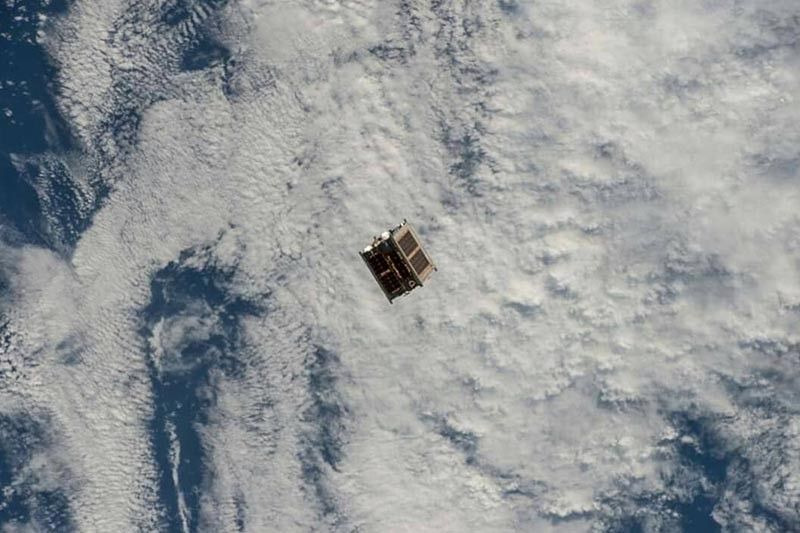10 October 2022
The Philippines’ first microsatellite Diwata-1, launched to the International Space Station on March 23, 2016 and was released into orbit on April 27, 2016, ended its Earth observation mission after four years in space, the government said.
According to Department of Science and Technology (DOST) STAMINA4Space Program, Diwata-1 was designed to operate for only 18 months but it outlived its design life and continued capturing 45,572 satellite images, 17,271 of which are images of the Philippines.
The first satellite built and designed by Filipinos was last seen at an altitude of approximately 114 kilometers, which is very close to the widely accepted boundary between the outer space and the Earth’s atmosphere, early Monday morning last week.
“It is expected that beyond this altitude, the chances of successfully establishing contact with Diwata-1 are extremely low,” Department of Science and Technology’s Sustained Support for Local Space Technology and Applications Mastery, Innovation and Advancement (STAMINA4Space) .
“This, therefore, marks the official end of the mission lifetime of Diwata-1,” it added.
The Philippines has launched two (2) Diwata satellites to the International Space Station, with the second launched in 2018.
Maya and Diwata microsatellites were developed in the University of the Philippines Diliman under the STAMINA4Space Program funded by the Department of Science and Technology. The program is implemented by UP and the DOST’s Advanced Science and Technology Institute.

No comments:
Post a Comment